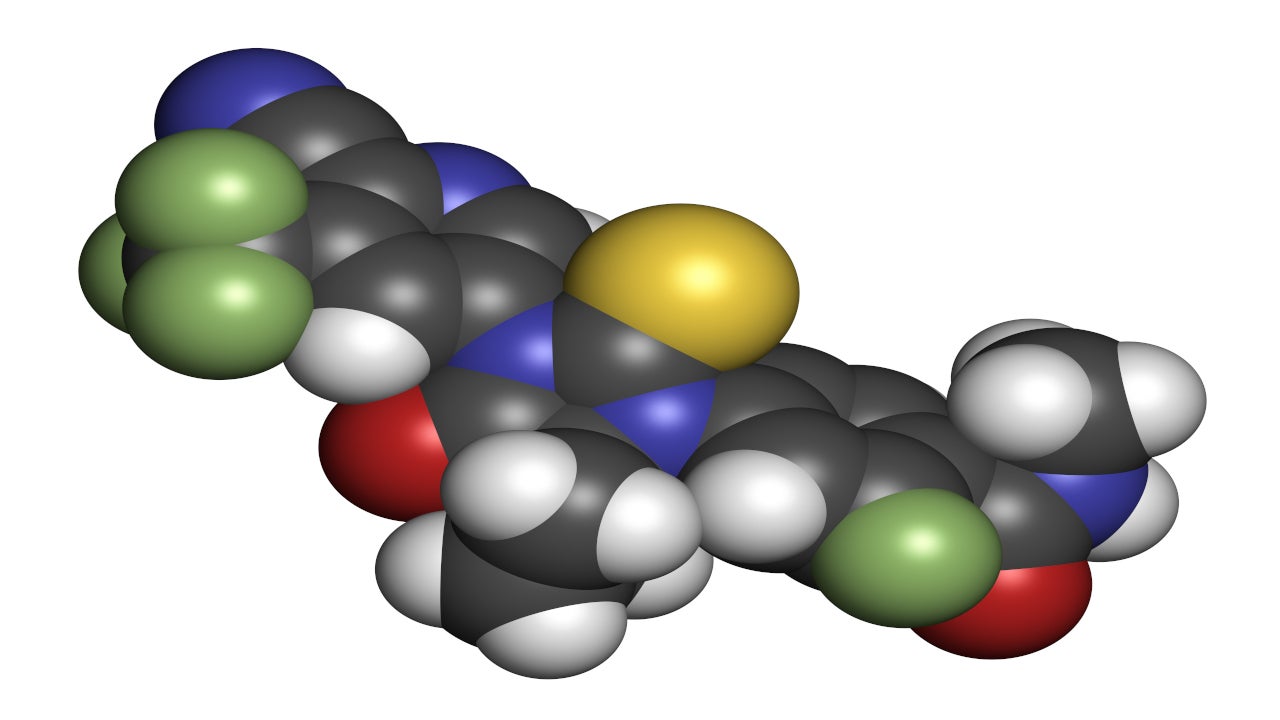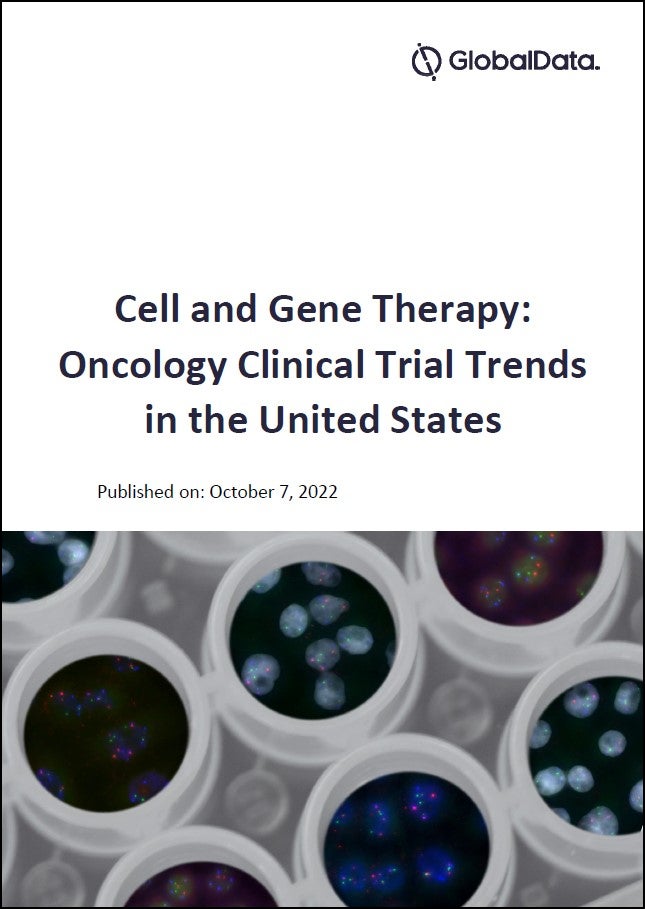Clovis Oncology’s Phase III TRITON3 trial investigating Rubraca (rucaparib) in second-line (2L) castrate-resistant prostate cancer (CRPC) has so far recruited 351 patients of its 400-volunteer target as of 2 June, a trial investigator said. TRITON3 enrolment has been slower than expected due to the challenging nature of finding patients with relevant deleterious mutations, and a two-to-three week wait to get confirmation if the patient does have the mutation, he added.
A Clovis spokesperson pointed to the company’s 1Q21 earnings call transcript noting TRITON3 will, at the latest, fully enrol in 1Q22 or early 2Q22, with data available in 2022. TRITON3 is recruiting patients who have progressed on one prior androgen receptor-targeted therapy. The trial started recruiting patients in June 2017 and is listed with 150 trial recruitment sites, according to ClinicalTrials.gov. The investigator said TRITON3 reached the 300-patient milestone in March.
How well do you really know your competitors?
Access the most comprehensive Company Profiles on the market, powered by GlobalData. Save hours of research. Gain competitive edge.

Thank you!
Your download email will arrive shortly
Not ready to buy yet? Download a free sample
We are confident about the unique quality of our Company Profiles. However, we want you to make the most beneficial decision for your business, so we offer a free sample that you can download by submitting the below form
By GlobalDataThough the investigator was uncertain of TRITON3 timeline milestones, he noted that patients with relevant deleterious mutations may not be as common as once thought. TRITON3 is recruiting patients with specific gene alterations including BRCA and ATM, both inclusive of germline and somatic. At least 3,700 patients have been prescreened for TRITON3, he noted, adding the currently enrolled population underscores the significant number of screening failures.
But screening failure may not be due only to the patient not having the deleterious mutation, but also to samples taken being inadequate for testing, the investigator added. The Clovis website shows that as a part of TRITON3, genetic testing results will be provided. Yet there are delays in receiving this result, the investigator noted, adding that most patients have their results back three weeks after a sample is sent. Investigators are advised results should be available between two to three weeks, he added.
TRITON3 is comparing Rubraca versus Johnson & Johnson’s Zytiga (abiraterone), enzalutamide or docetaxel. It has a primary endpoint of radiographic progression-free survival with a timeframe of up to approximately five years. Rubraca is an oral PARP inhibitor.
Clovis was at the virtual ASCO meeting last weekend to present real-world data for Rubraca in ovarian cancer, for which it was approved in April 2018. In May 2020, Rubraca also garnered FDA approval for Rubraca in 3L CRPC patients who have progressed from androgen receptor-directed therapy and a taxane-based chemotherapy.
Rubraca has peak sales estimates of $745m in 2026, as per GlobalData consensus forecast. Clovis has a market cap of $659.8m.
Reynald Castaneda is an Associate Editor for Clinical Trials Arena parent company GlobalData’s investigative journalism team. A version of this article originally appeared on the Insights module of GlobalData’s Pharmaceutical Intelligence Center. To access more articles like this, visit GlobalData.










Related Company Profiles
Johnson & Johnson
Clovis Oncology Inc